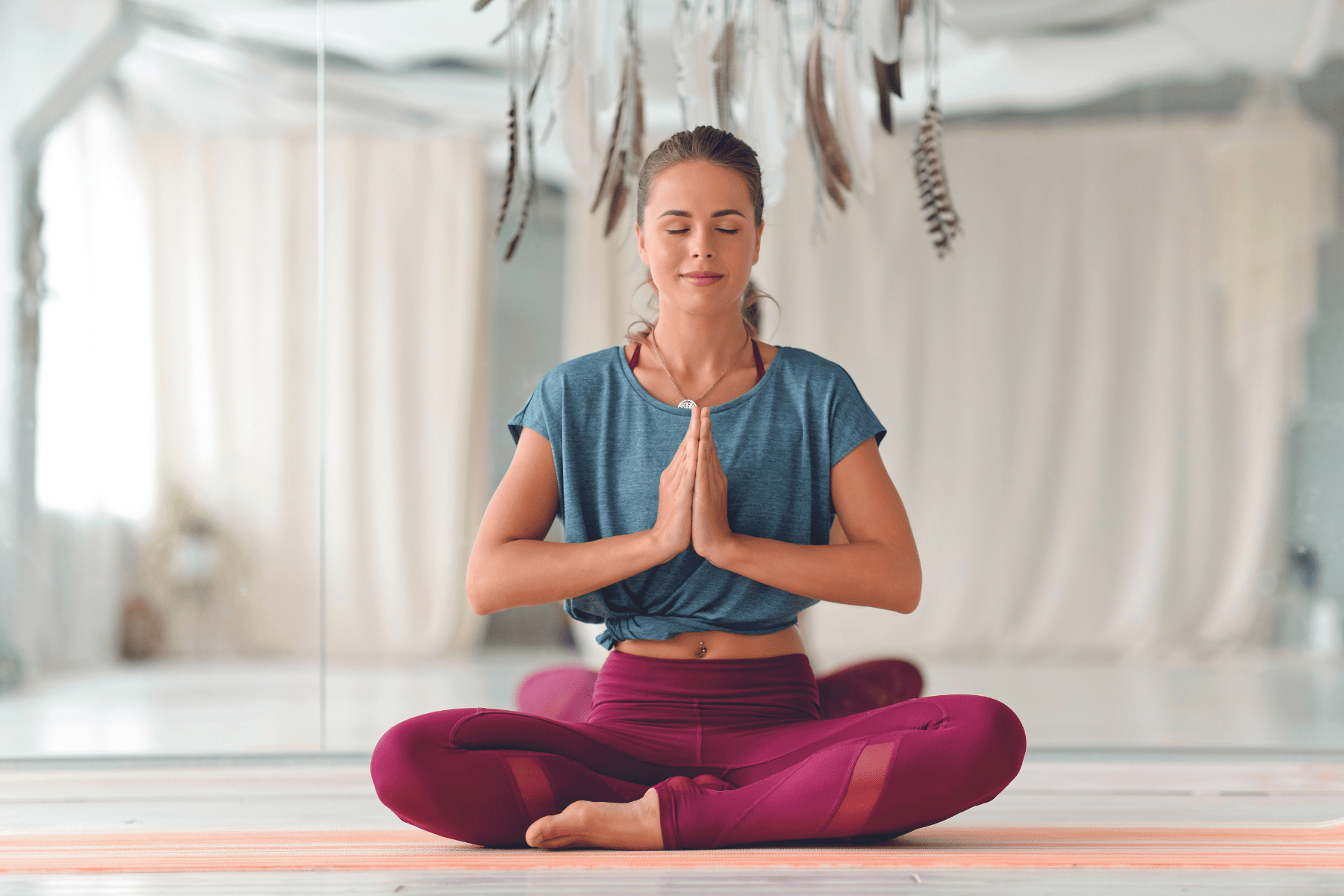
Moving with Purpose
How did you get to your yoga mat today? A look at where we have been, and where we are now, in the ever-evolving world of yoga. By Emma Mills
Reading time: 5 minutes
How did you get to your yoga mat today?
Let’s go all the way back to the start, when the word ‘yoga’ was first mentioned in ancient texts over 5,000 years ago, in a set of books called the Vedas.
This large body of religious texts originated in ancient India, composed in Vedic Sanskrit. You may have already heard your yoga teacher refer to some poses in Sanskrit. For example: downward dog in its official name is Adho Mukha Shvanasana, or corpse pose is Savasana. These are words used from the Indian language ‘Sanskrit’, one of the oldest languages in the world.
But yoga needed adaptions for different lifestyles; we needed some options to make practicing more accessible in the modern world.
That’s where Swami Vivekananda (1863-1902) came in. He believed and described yoga as a ‘science of the mind’ and translated yogic texts into English. On September 11th, 1893, Swami gave a famous speech at Chicago at the Parliament of Religions, where he won the hearts of Americans by demonstrating yoga, bringing the practice to a more diverse and global audience.
He adapted the ancient art into five basic principles:
- Proper exercise (Asana)
- Proper breathing (Pranayama)
- Proper relaxation (Savasana)
- Proper diet (Vegetarian)
- Positive thinking & meditation (Vedanta & Dhyana)
How did yoga as we know it today come about?
Yoga as we know it today arrived in the West in the late 1890s. This was when Indian monks began teaching and sharing their knowledge in the Western world for the first time. Ordinary people were now able to observe and learn from yoga being practiced by those monks in India.
Fast forward almost a hundred years, to the 1970s, and you could find yoga and spiritual teachings almost everywhere. BKS Iyengar (1918-2014) was another influential figure, encouraging the rise of yoga in the West, and appeared on television in the UK and USA in 1963 demonstrating his incredible physical suppleness.

Yoga in the modern day has made many advances. We still enjoy traditional yoga, but now it is accessible to all bodies, ages and capabilities, its popularity has well and truly soared. So much so, that according to the International Yoga Federation about 300 million people are now practicing globally.
For many people (myself included), yoga has cemented itself into a daily routine. And now, with the help of social media and the internet, it has allowed yogis and teachers around the world to connect, share knowledge and become a global community.
An ever-evolving art form
Yoga has and will continue to change throughout the years — the practice that was once taught thousands of years ago is seen now by many as impractical and out of reach.
This ancient art is called just that — ‘art’ — so it makes sense for it to adapt and change as we move through the ages. This won’t please everyone, and there will be some contradiction, but on the most part, by keeping an open mind, we could learn something from traditional yoga to bring into our own practice today.
If I’ve learnt anything from my research into traditional yoga and its cultures, it’s that yoga didn’t begin with poses and postures. The perceived ‘perfection’, the physical appearance, the backdrop that can make some yogis feel uneasy and intimidated, this isn’t at the centre of yoga at all.
Yoga’s primary focus is opening the heart and calming the mind. That’s not to say that yoga doesn’t do wonders for our physical bodies, or look beautifully put together in the correct sequence, but there is so much more under the surface.
When you observe a practiced yogi, you will notice that they use the physical practice as a gateway into a deeper spiritual awakening; a way to clear their mind and benefit from the more subtle teachings of yoga.
So, when you next step onto your mat, take a moment: don’t begin to move your body or stretch, just sit and be, listen to the body and mind making that connection to pull your focus inwards. When you feel your inner mind becoming still, then it’s time to begin to move with the breath, slowly, consciously and with purpose. Enjoy your practice.
“Take up an idea, devote yourself, struggle in patience, and the sun will rise” – Swami Vivekananda
Emma Mills is a 200hr qualified yoga teacher, specialising in Hatha Yoga and breathwork. Connect on Instagram @emmamills_1




